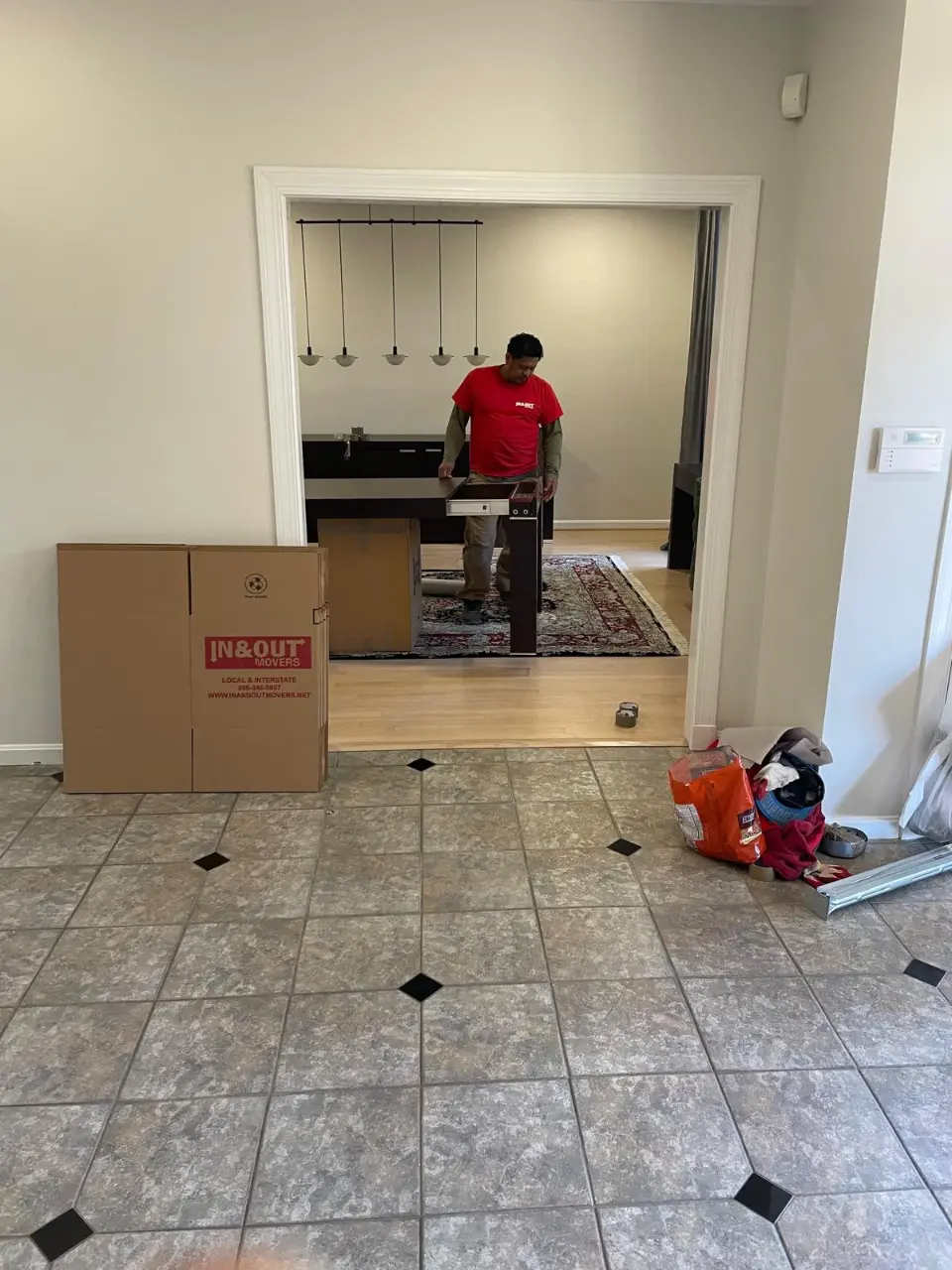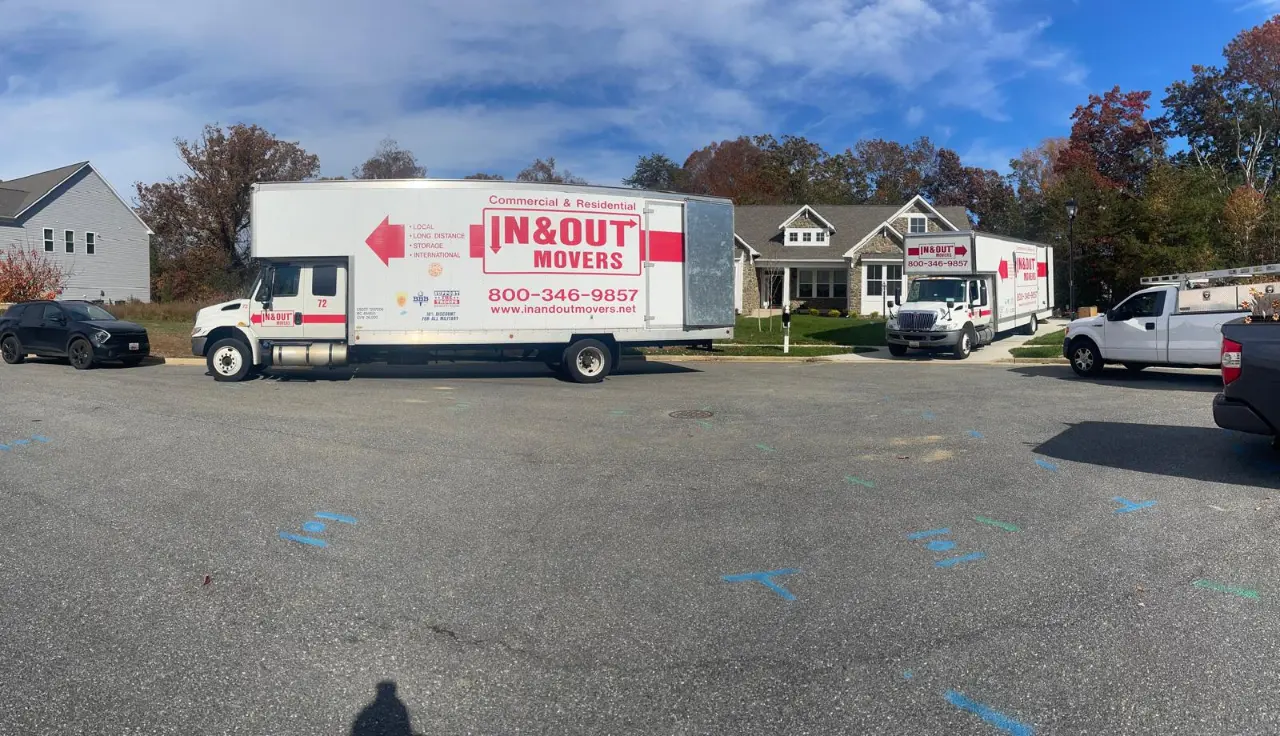Hey there! Planning to relocate soon? Let’s chat about what you’ll actually pay in 2025. The truth is, relocation expenses can shock many families when the final bill arrives. Understanding these moving costs before you start packing can help you avoid budget surprises and plan better for your upcoming transition.
Understanding Average Moving Costs in 2025
The relocation industry has seen some interesting shifts lately. Instead of throwing specific dollar amounts at you (which honestly change depending on so many factors), let’s talk about what drives these expenses.
Your final bill typically depends on distance and volume. Local relocations within the same city might be charged hourly, while long-distance transport usually gets priced by weight and miles traveled. Some companies charge per kilometer for distances beyond 100km. Moving costs for apartments are typically lower than those for full houses simply due to volume differences.
Weight matters too! The heavier your belongings, the more fuel needed and the more labor required. This translates directly to your bottom line. Many families are surprised to learn that reducing their load by just 25% can significantly lower their total moving costs.
Factors That Affect Moving Costs for Local and Long-Distance Moves
When budgeting for your upcoming change of address, several key elements influence what you’ll pay:
- Season and timing (summer rates often run 20-30% higher than winter)
- Access difficulties at pickup or delivery locations
- Specialty items requiring extra care
- Storage needs between locations
- Insurance coverage options
Distance plays a huge role, too. Cross-country relocations naturally cost more than across-town shifts. The fuel, driver time, and equipment usage all add up with each additional mile.
Time of month matters as well! Most leases end at month’s end, making those days premium pricing periods. If you can schedule your transport date mid-month, you might find better rates and more flexible scheduling options. Comparing moving costs from different companies can save you up to 25% on your total bill.
How Professional Moving Services Impact Your Moving Quote
The level of service you choose dramatically affects your final bill. Full-service packages include everything from packing materials to furniture assembly at your new place. These comprehensive options save you time but add to your total.
Some households opt for hybrid approaches, perhaps having professionals handle just the heavy furniture while family members pack personal items. This compromise can provide significant savings while still getting help with the most challenging aspects of relocation.
Special items like pianos, artwork, or wine collections typically incur additional charges. These treasures require extra protection, specialized equipment, and, in some cases, additional insurance. Always discuss these items early when getting quotes to avoid surprise moving costs later.
Using a Moving Cost Calculator to Plan Your Budget
Online estimation tools have become incredibly helpful for planning purposes. These calculators typically ask for:
- Your current and destination addresses
- The size of your household
- Any specialty items
- Your desired service level
- Preferred timeframe
While these tools provide ballpark figures rather than exact quotes, they help establish realistic expectations. Just remember that in-person assessments typically provide the most accurate estimates, especially for larger households.
Many companies now offer virtual surveys using smartphone videos to provide more precise quotes without requiring an in-home visit. This technology advancement has made the estimation process more convenient and accurate. These virtual assessments have revolutionized how moving costs are calculated in 2025.
Conclusion: How to Secure the Best Moving Rate for Your Needs
Getting the best value requires planning and flexibility. Booking your relocation several weeks in advance typically secures better rates than last-minute arrangements. Being flexible with your dates can also unlock significant savings.
Consider whether downsizing before your departure makes financial sense. Sometimes the cost of transporting rarely-used items exceeds their replacement value. This pre-move purge can reduce your expenses while giving you a fresh start.
Remember that the cheapest quote isn’t always the best value. Research company reviews, verify insurance coverage, and confirm all services included in your estimate. With proper planning, you can navigate your relocation without breaking the bank. Trust In & Out Movers to help you understand the true moving costs involved in your next journey.
FAQ
How do you estimate the cost of moving?
To estimate relocation costs, start by inventorying your belongings to determine volume. Request quotes from multiple transport companies based on distance and inventory. Consider timing (avoid summer peak rates), accessibility challenges, and any specialty items. Online calculators can provide rough estimates, but in-home assessments deliver the most accurate pricing.
How to budget for moving?
Create a comprehensive relocation budget by listing all potential expenses: transport services, packing materials, insurance, travel costs, and unexpected fees. Add 15-20% buffer for surprises. Track quotes in a spreadsheet, noting what each includes. Consider DIY options for specific tasks to reduce overall expenses. Plan for both pre-departure and post-arrival costs.
How do you calculate cost per unit moved?
Transport companies typically calculate unit costs based on weight and volume. Divide your total quote by either cubic feet or weight to determine your per-unit rate. For furniture, most firms assess bulky items individually. Distance significantly affects these calculations; local transport uses hourly rates, while long-distance transport uses weight/volume metrics.




